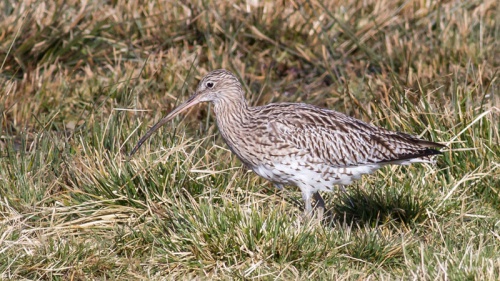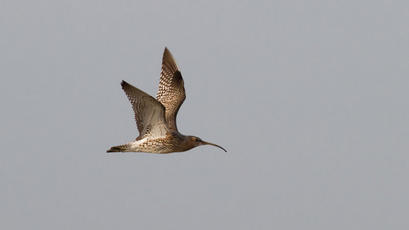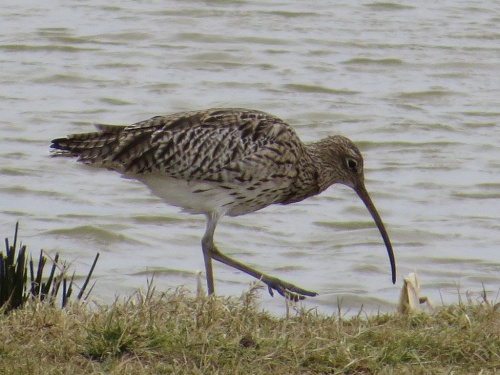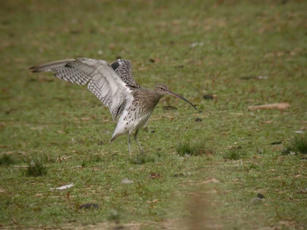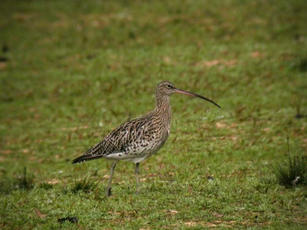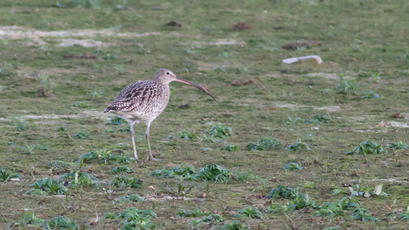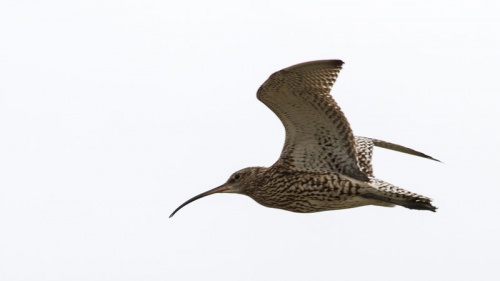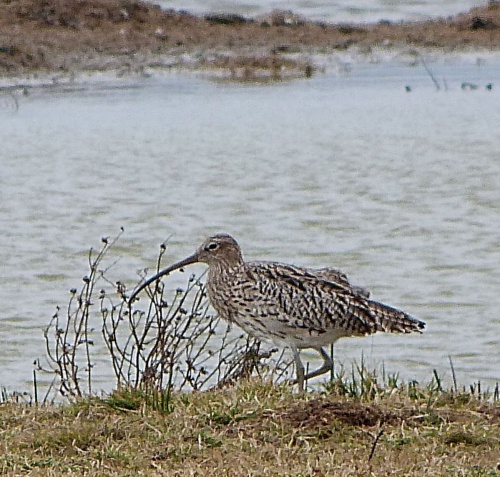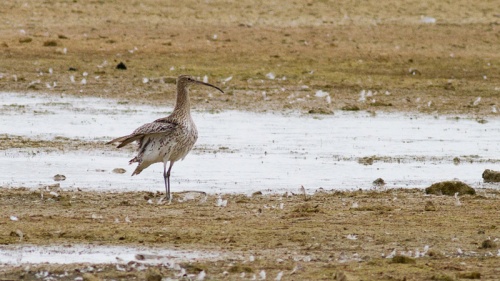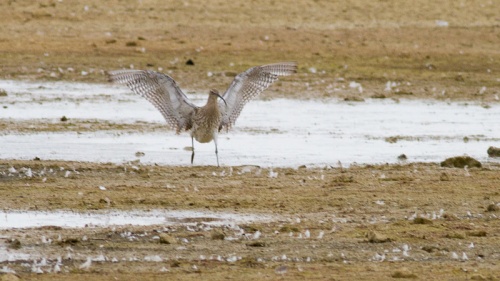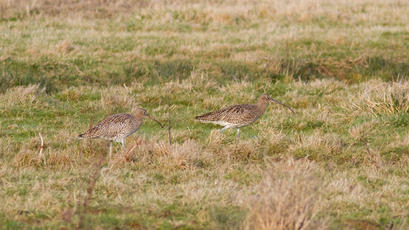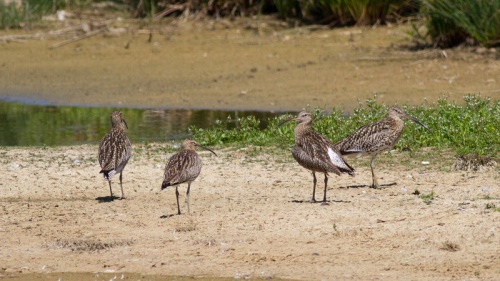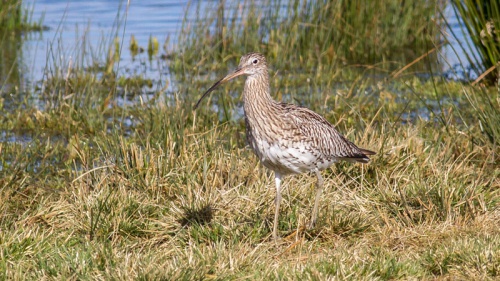Curlew - Numenius arquata
The Curlew is the largest European wading bird, instantly recognisable on winter estuaries or summer moors by its long, down-curved bill, brown upperparts, long legs and evocative onomatopeic call. Larger and with a bigger bill than the similar, but less common, Whimbrel which has a more prominent supercillium than Curlew. Curlews feed on mud or very soft ground, searching for worms and other invertebrates with their long bills. They will also take crabs and similar items.
Most coastal habitats, mud flats and estuaries and inland on muddy margins of reservoirs and lakes and occasionally damp fields. Greatest breeding numbers are found in North Wales, the Pennines, the southern uplands and eastern Highlands of Scotland and the Northern Isles.
All year round. Coastal numbers build up from July and reach a peak in January and February.
Migrant/resident breeder (100,000+ breeding pairs), passage/winter visitor (160,000+ birds overwintering).
Uncommon passage and scarce winter visitor, scarce breeder.
Leicestershire & Rutland Map
Enter a town or village to see local records
MAP KEY:
Yellow squares = NBN records (all known data)
Coloured circles = NatureSpot records: 2020+ | 2015-2019 | pre-2015
UK Map
Species profile
- Common names
- Curlew, Eurasian Curlew
- Species group:
- Birds
- Kingdom:
- Animalia
- Order:
- Charadriiformes
- Family:
- Scolopacidae
- Records on NatureSpot:
- 396
- First record:
- 16/06/1996 (Ian Retson)
- Last record:
- 15/04/2024 (Messenger, Nigel)
Total records by month
% of records within its species group
10km squares with records
The latest images and records displayed below include those awaiting verification checks so we cannot guarantee that every identification is correct. Once accepted, the record displays a green tick.
In the Latest Records section, click on the header to sort A-Z, and again to sort Z-A. Use the header boxes to filter the list.


